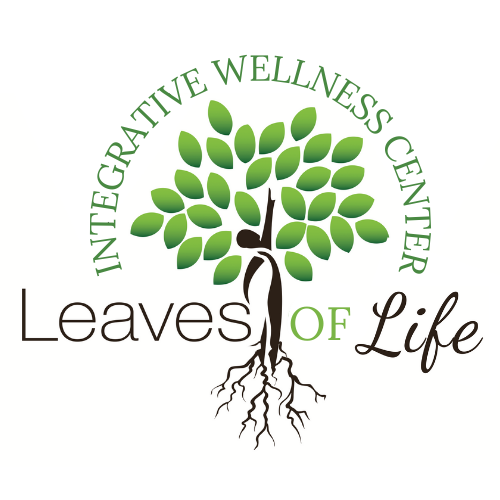Healthy Home Series, Part 1: Are Fragrances Toxic?
What if the candles you’re burning are toxic to your health?
Synthetic fragrances hide in a lot of products that are popular, particularly candles and skin moisturizers. It doesn’t stop there though…synthetic fragrances can be found in many personal care products and commonly used items around the home:
Perfumes and Colognes
Shampoo and Conditioner
Aftershave
Deodorants
Cosmetics, including Lipstick
Laundry Detergent and Fabric Softener
Air Fresheners, including Plug-Ins
Cleaning Products, including Furniture Polish
What makes a fragrance synthetic?
Synthetic fragrances are created in a lab using combinations of aroma chemicals that are designed to mimic the smell of naturally appealing scents such as citrus, floral, musky, woody, spicy, oceanic, vanilla and others. These aroma chemicals don’t occur in nature, and many are derived from petroleum.
What health problems are associated with synthetic fragrances?
Aside from obvious symptoms such as skin irritation, respiratory problems, headaches/migraines, allergic reactions and chemical sensitivities, synthetic fragrances can also disrupt the endocrine system by interfering with hormone signaling. Endocrine disruption can lead to:
Weight gain
Fatigue
Infertility
Irregular menstrual cycles
Erectile dysfunction and breast development in men
Early puberty in girls
and much, much more!
How do you avoid synthetic fragrances?
If a product lists “fragrance” or “perfume” on the label, this indicates the presence of any of thousands of lab-produced chemicals used to create a specific aroma that the manufacturer considers a trade secret. Even products that claim to use “natural ingredients” can still contain some synthetic ones, so be sure to read the list of ingredients.
Illuminate your space with love, not toxins! Tips on choosing a healthy candle:
Skip these: paraffin candles are derived from petroleum (and has to be deodorized and chemically bleached before it can be made into wax), and almost always contain synthetic fragrances.
Start here: in general, candles made from soy wax or beeswax are more likely to contain natural fragrances (but be sure to read the list of ingredients).
Then closely read the label:
Essential oils (such as lavender oil) or botanical or plant extracts (such as lemon peel) are clearly derived from natural sources and are safe to use.
Products certified as “USDA Organic” are safe and require the use of only natural fragrance ingredients.
A safe product may also say “Fragrance-free” or simply state “No Synthetic Fragrances.”
Apps like EWG (Environmental Working Group) and Think Dirty can be helpful when making informed choices while shopping. They provide information on the potential health and environmental impacts of various products on the market, including cosmetics, personal care items, cleaning products, and lots more.
To read part 2 of our healthy home series, click here.
If you feel like your health has been impacted by synthetic fragrances and other stealth toxins, our providers can help you prioritize where to start on your journey back to health. Schedule here.
